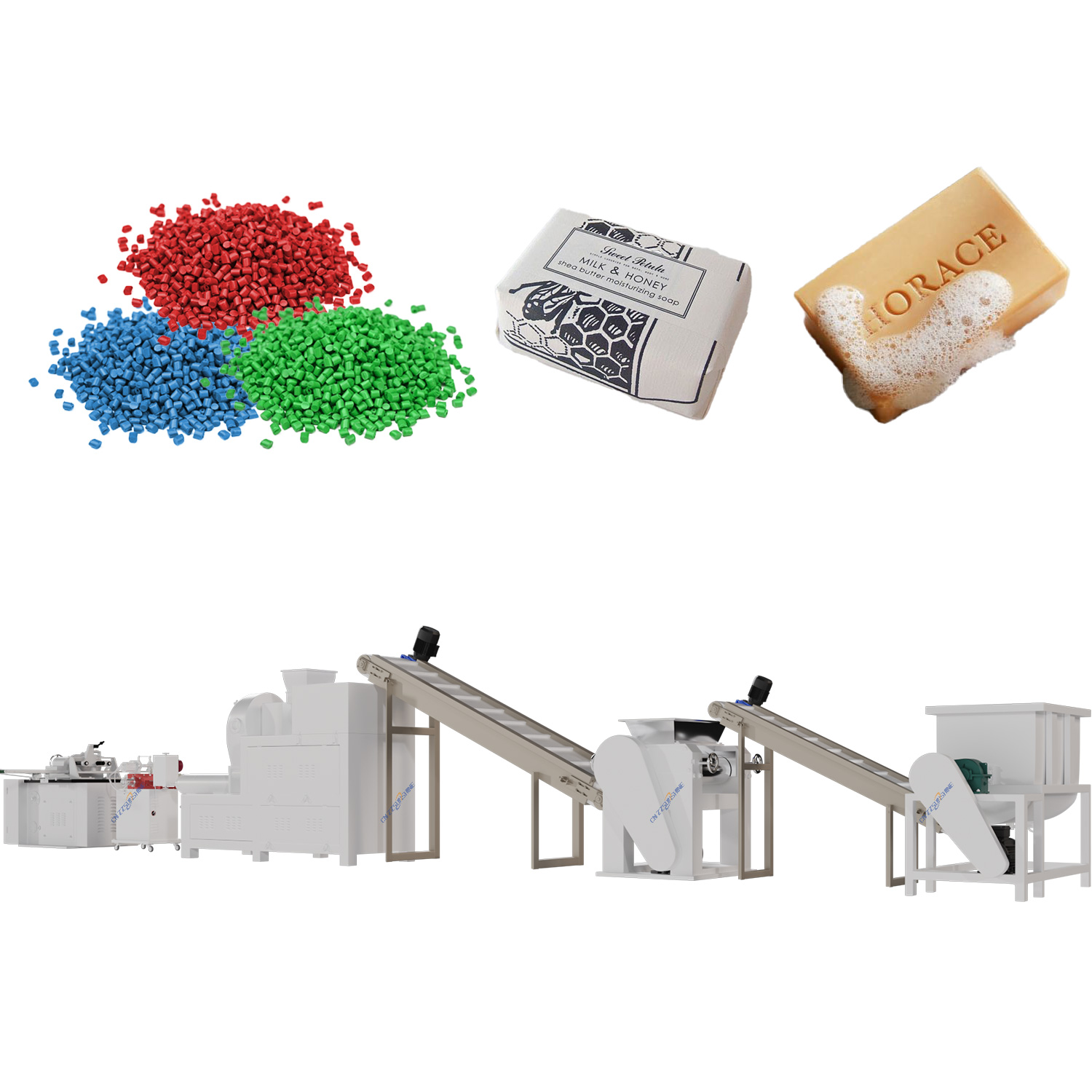Streamlining soap manufacturing requires precision-engineered equipment. An efficient automatic soap production line integrates several critical components working in unison. It starts with industrial mixers for chemical processing, ensuring a homogeneous mixture of fats, oils, and lye. This stage is vital for consistent saponification. The blended soap base then moves to a specialized soap plodder machine, often a vacuum plodder, which compresses and extrudes the soap mass, removing air pockets for a denser, longer-lasting bar – essential for both laundry bar soap production lines and premium toilet soap finishing lines. For bar soap, the extruded log proceeds to cutting stations. While traditional soap cutting machines work, modern lines increasingly utilize electric washing soap cutters or automatic block cutter machines for precise, hygienic sizing with minimal waste. High-output laundry soap making lines or bath soap making machines might incorporate automatic packing machines for food-grade wrapping, ensuring product integrity. The advantages are clear: significant labor reduction, enhanced hygiene control through minimized human contact, and consistent product quality crucial for beauty soap making lines demanding perfect aesthetics. Whether establishing a compact toilet soap finishing line or a large-scale laundry soap making line, selecting compatible components like robust soap mixers and efficient vacuum plodders is paramount. Leading manufacturers often offer custom soap cutting machine solutions or OEM three roller grinding mill options for specialty additives. Ultimately, investing in a well-designed automatic soap production line boosts throughput, reduces operational costs, and delivers the uniform quality consumers expect from both functional laundry soaps and luxurious beauty bars.

Optimizing Your Output: The Complete Guide to Automatic Soap Production Lines

Optimizing Your Output: The Complete Guide to Automatic Soap Production Lines
Posted Date:
By:



